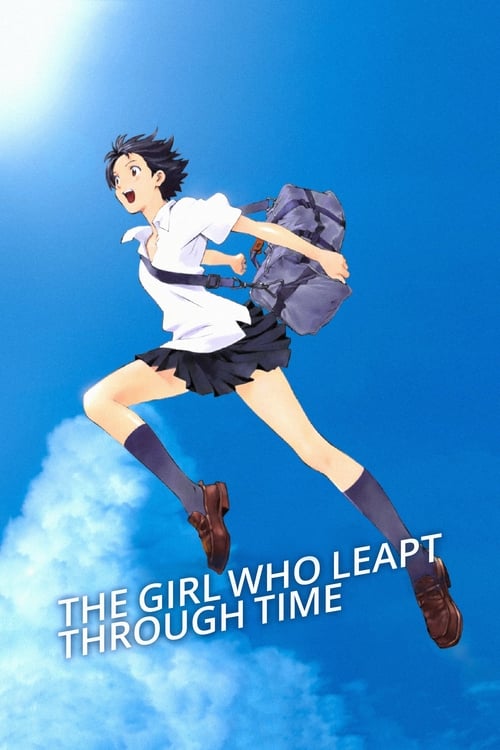
Title: The Girl Who Leapt Through Time
Year: 2006
Director: Mamoru Hosoda
Writer: Satoko Okudera
Cast: Riisa Naka (Makoto Konno (voice)), Takuya Ishida (Chiaki Mamiya (voice)), Mitsutaka Itakura (Kousuke Tsuda (voice)), Ayami Kakiuchi (Yuri Hayakawa (voice)), Mitsuki Tanimura (Kaho Fujitani (voice)),
Runtime: 98 min.
Synopsis: When 17-year-old Makoto Konno gains the ability to, quite literally, "leap" backwards through time, she immediately sets about improving her grades and preventing personal mishaps. However, she soon realises that changing the past isn't as simple as it seems, and eventually, will have to rely on her new powers to shape the future of herself and her friends.
Rating: 7.78/10